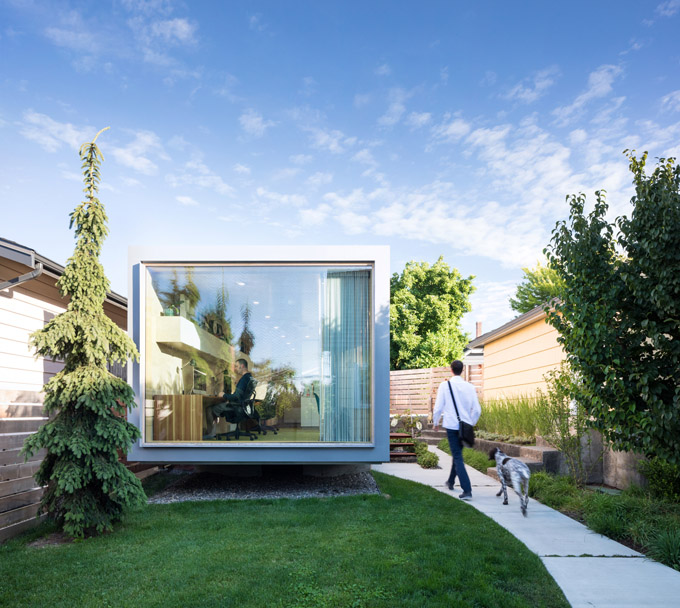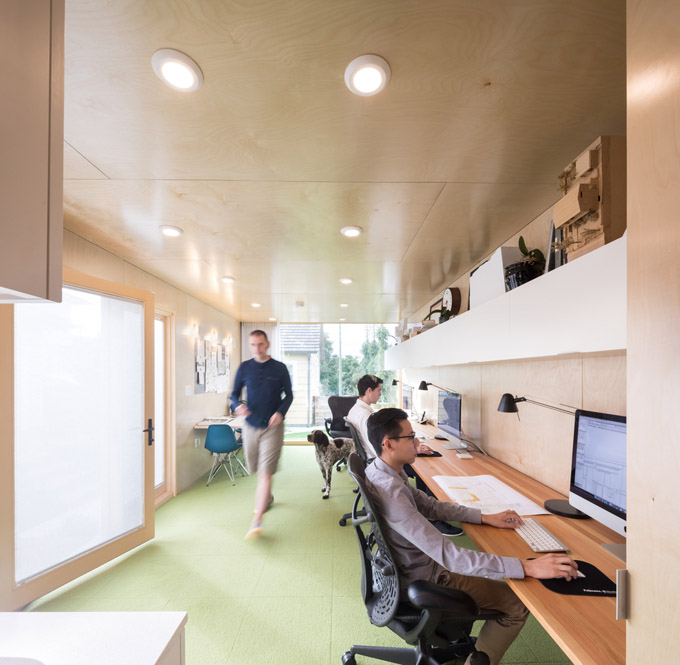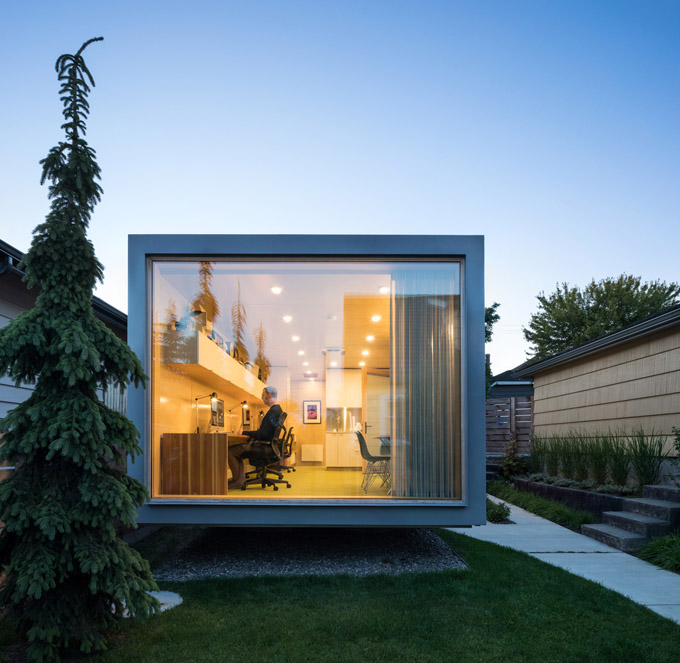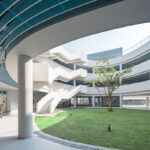
In today’s dynamic business environment, the need for flexible and adaptable workspaces has never been greater. Companies constantly seek innovative solutions to foster collaboration, encourage creativity, and maximize productivity. One approach that has gained traction in recent years is the use of shipping containers as the building blocks for modern office spaces.
This article explores the benefits and considerations of designing containers as collaborative workspaces. It also offers insights into how this unconventional approach can transform the way teams work and interact.
Reimagining The Office Space
The traditional office landscape is evolving. The era of confined cubicles and static meeting areas is making way for more adaptable and innovative environments. Utilizing shipping containers, businesses can craft dynamic workspaces that shift as organizational needs change. Envision transforming these containers into modular setups for collaborative projects or brainstorming hubs, offering endless customization options for a modern workplace.
Containers provide the unique advantage of scalability and versatility in office design. Whether expanding for a larger team or reconfiguring spaces for privacy and focus, the modular nature of containers allows for quick and smooth adjustments. This adaptability ensures the workspace remains aligned with the company’s current needs and future growth.
To begin this transformation, consider a reputable shipping container sales provider. They can offer tailored solutions that align with your innovative office needs, ensuring your workspace is both functional and conducive.
Blending Physical and Virtual Worlds
Containers aren’t just about physical spaces. They also enhance virtual collaboration. Envision a redesigned shipping container serving as a boardroom or an open-plan office with modular furniture and state-of-the-art technology. This transformation supports a dynamic and adaptable environment where team members can collaborate effectively, whether they’re physically present or joining remotely.
In these container offices, technology bridges the gap between physical and digital collaboration. Equipped with high-speed internet, smart boards, and video conferencing tools, these spaces allow remote team members to seamlessly interact with those in the container. The integration of digital tools ensures that all participants, regardless of location, can share ideas, contribute to projects, and engage in real-time discussions, creating a truly unified workspace.

Enhancing Productivity and Efficiency
Utilizing shipping containers as office spaces directly contributes to higher productivity and efficiency. These innovative workspaces can be quickly adapted to meet the demands of various tasks, from intense collaborative projects to individual focus work, without the limitations of traditional office layouts. The shift toward container workspaces means moving away from one-size-fits-all environments towards more personalized, function-driven settings.
In these container environments, changes in team size or project scope don’t hinder progress. Instead, the inherent flexibility of container structures allows for swift reorganization and resource allocation, keeping pace with the dynamic nature of modern business. This leads to uninterrupted workflows and a more productive, satisfied workforce, as they have the right space for every type of work they do.
Fostering Innovation and Creativity
Collaboration breeds innovation, and containers provide the perfect canvas for your team’s creative juices to flow. With easily customizable workspaces, you can tailor the environment to suit your team’s unique needs, whether it’s a think tank for brainstorming sessions or a dedicated space for prototyping and experimentation.
Imagine a space decked out with whiteboards, beanbags, and mood lighting – perfect for those out-of-the-box brainstorming sessions. Or, how about a maker space equipped with 3D printers and prototyping tools, fostering hands-on innovation? Containers empower you to craft the ideal setting for your team’s creative endeavors.

Integrating Biophilic Design Elements
Incorporating biophilic design elements into container workspaces, such as living walls and natural lighting, creates a bridge to the outdoors, transforming the conventional office vibe. These features not only detoxify the air but also introduce a vibrant, natural aesthetic, boosting mood and productivity. Natural light through expansive windows aligns your team members’ biological clocks with natural patterns, promoting more energy.
Adding indoor gardens or green spaces transforms container offices into peaceful sanctuaries, enhancing imaginative thinking and reducing stress. A common area enhanced with plants and natural textures can become a prime spot for both relaxation and collaboration. Integrating these natural elements improves the workspace’s look and enhances your team’s well-being and engagement, leading to a more harmonious and efficient workplace.
Embracing The Future Of Work
As the world of work continues to evolve, containers are positioning themselves as a game-changer. By breaking down barriers and enabling collaboration across physical and virtual environments, you’re not just designing workspaces – you’re embracing the future of work.
Containers empower your team to work smarter, not harder, and stay ahead of the curve in the competitive business landscape.
Finally, as the modern workplace continues to evolve, innovative solutions like container-based workspace design offer a unique and compelling alternative to traditional office spaces. By leveraging the versatility, cost-effectiveness, and sustainability of shipping containers, businesses can create collaborative environments that foster creativity, encourage teamwork, and prioritize staff well-being.
From open-plan layouts to biophilic design elements, the possibilities are endless when it comes to transforming these humble boxes into dynamic and inspiring workspaces.
Images from Office Tour: RBA Studio by Randy Bens Architect – see full story here.



